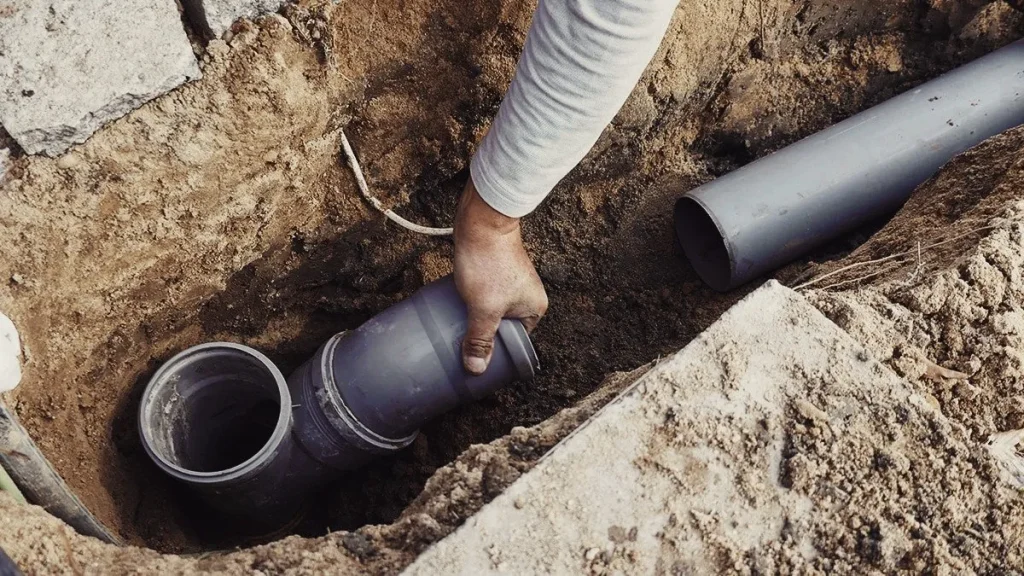Many homeowners dread the prospect of having to dig up their sewer lines. It’s an intrusive and damaging process that can take days to complete. Luckily, experienced plumbers now use trenchless technology to repair damaged sewer lines without digging up your yard or driveway. This method is much quicker, more cost-effective and less disruptive to your property.
Pipe Lining
Unlike traditional sewer repair methods, pipe lining does not involve digging trenches. Instead, plumbers access a damaged pipe through your home’s plumbing cleanout, drain vents or rooftop vent stacks. A high-tech, flexible tube with epoxy is inserted into your old drainage pipes. Once in place, the liner is inflated and allowed to take on the shape of your existing pipes. Once dry, the lining provides a durable and water-tight seal. A trenchless sewer pipelining technique can solve numerous problems, including leaks, holes, channeling, backflow, and age degeneration. It is also suitable for replacing piping sections buried at shallow depths.
Pipe Bursting
In cases where your old sewer line is broken beyond repair, a licensed plumber can use pipe bursting to replace it. This process involves digging a single hole through which a flexible tube-coated resin is fed. Once inflated, the resin hardens to create a pipe within a pipe. Once the new pipe is fully installed, your licensed plumber will heat-weld it above ground. This method eliminates the need for trench excavation, which can damage plants, driveways and other property.
Pipe bursting is also a good option for increasing the size of existing pipes to improve sewage flow. This method uses a specialized tool to break apart the old pipe from the inside and immediately pull a new one into place. It’s a powerful, versatile tool that can replace PVC, clay, or cast iron pipes. It can even be used to replace sewer laterals. The bursting head is attached to a new, longer pipe that can be fed through the holes left behind.
Directional Drilling
When your sewer line is cracked or damaged, directional drilling can help. The directional driller can use a specific instrument to make a tunnel so it doesn’t have to dig trenches or holes to reach your sewage line. It is a great way to fix problems such as minor leaks, cracks, and general wear and tear. The directional driller will also be able to locate any preexisting utilities or unexpected obstacles, making this method even more effective. It is a fantastic substitute for conventional excavation, which may seriously harm your home and the nearby landscape. The directional drilling and cured-in-place pipe lining methods can get your pipes back to their former glory quickly and affordably. They’re also less invasive than the traditional method, which saves you money in the long run while protecting your property from expensive and time-consuming damage.
Inspection
Ignoring problems with a sewer line can result in dangerous and costly sewage backups that affect your entire property. While traditional repair or replacement methods for buried pipes often require huge excavations of your property, no-dig technology can make the process less invasive and much faster. During a sewer inspection, professional plumbers use a special camera to look inside your existing pipe and locate any areas of damage. It allows them to quickly pinpoint the source of the problem and recommend the right repair method for your needs. With pipe relining, a plumbing crew thoroughly cleans out the damaged section of your sewer line using a high-pressure hydro jet. The team then feeds a thin liner imbued with a strong resin into the pipe. This liner will eventually harden to prevent leaks and cracks in the future. It will also take up a negligible amount of space so it won’t reduce your pipe’s overall capacity.




